American Veteran Facts: The Good, The Bad and The Ugly
American Veteran Facts: The Good, The Bad and The Ugly
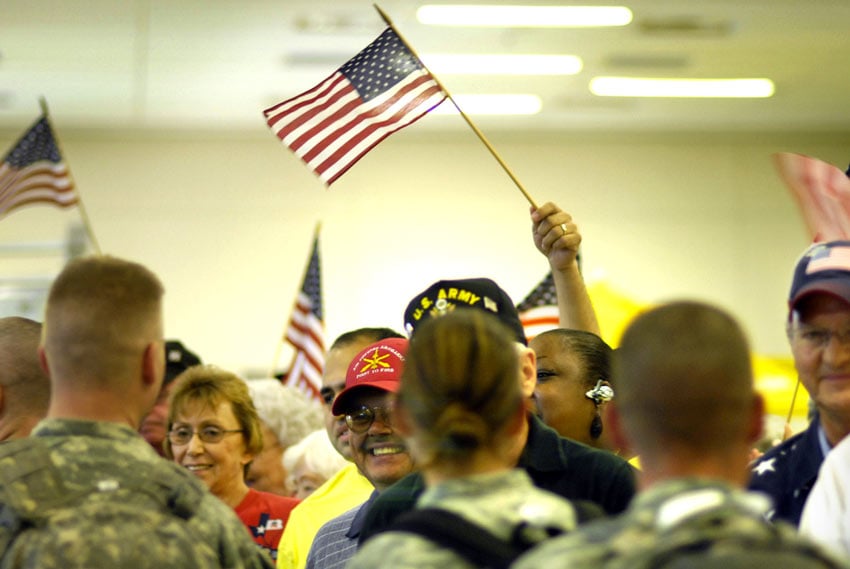
Veterans in the United States are at an all time high and it’s not educational benefits that are serving as the catalyst for men and women to join the military. It’s a response to the age-old value of patriotism that has fueled the enlistment of Americans in recent years.
The Good
In 2013, 21.4 million men and women or 9 percent of the civilian non-institutional population age 18 and over, were veterans. Over one quarter of veterans (6.1 million) served during Gulf War era I (August 1990 to August 2001) or Gulf War era II (September 2001 forward). Another quarter (5.5 million) served outside the designated wartime periods. The rise in veterans serving in the wartime period demonstrates the motivation of those who serve.
Equality For All
There are currently 1.8 million female veterans in the United States. Whether or not you agree with females in combat or legislation that would make your daughter eligible for a draft ticket has little to do with this number. The vast majority of positions in the military are non-combat related, especially in the long term. The fact that so many females have served our great country is a testament to how far we have come in the area of gender equality. It is also important to note that many women have already seen combat, be it good or bad and regardless of the political stance of Washington.
Historical Preservation
As a History Major in undergrad I certainly respect the compiling of primary sources to shed light on the reality that has been the last 13 years of Americans in combat. First hand accounts will provide future generations insight into the truth of day to day life in CentCom. “The Veterans History Project” is a program run by the Library of Congress’ American Folk Life Center. They have provided an avenue for over 65,000 Veterans to record their individual war stories for the reference of future generations, which are stored on thousands of audio and video tapes, personal memoirs, visual materials and correspondence from American service members dating back to World War I.
The Bad
Unemployment
The unemployment rate of veterans is three percent higher than the rest of the population. Why is that? In fact, 20% of the male homeless population in America are veterans. This is tragic because the same men who risked everything for patriotism are often left out to dry when the dust settles.
The VA is all over the media for things that us veterans have known for some time. Two years waiting for disability, records destroyed and an angry population as a result. The situation may not improve quickly either. Unfortunately, the military is undergoing massive cut backs with personnel under the program “Perform to Serve,” which is leaving many to face being force retired early because of their peer rankings and evaluation reports. This number will surely continue to climb.
PTSD
As many as 35 percent of Iraq Veterans have or will experience Post Traumatic Stress Disorder. The NIMH defines PTSD as “an anxiety disorder that can develop after exposure to a terrifying event or ordeal in which grave physical harm occurred or was threatened.” Those who struggle with PTSD can be startled easily, can feel emotionally numb or emotionally sensitive. They can also experience frightening thoughts that can take much of the joy out of life.
Combat related trauma leaves veterans with many painful symptoms to include: flashbacks, avoidance, isolation, hyper-arousal, anger outbursts, tension and hyper-vigilance. Sounds fun right? It’s the result of patriotism in today’s war driven society. These changes in a person, sometimes referred to as the “new normal,” can have a devastating effect on a person’s life. The long term result of PTSD (if left untreated) is often panic disorder, substance abuse, depression and suicide.
Disability
The “Disabled American Veterans” organization provides outreach and advocacy to help where they can. This is just one such organization that is trying to help the staggering 5.5 million U.S. veterans currently living with a disability. Keep in mind that disability comes in many forms, both physical and mental. If someone is unable to function within society because of mental pressure, they’re going to have an uphill fight when it comes to supporting a family.
Others with missing limbs, painful surgeries and/or burns all over their bodies are unable to work as effectively as they could, had they not served their country. That’s the bottom line. They served and now they hurt. They gave and now their families suffer and break.
Traumatic Brain Injury
This is a lessor known mental scar, but it can be devastating. TBI is the result of blunt-force trauma to the head. Since 2000, at least 273,860 service members have suffered from TBI. The symptoms are inconsistent and not visible on the outside. The brain functions normally one day and the next one may struggle.
Some signs of TBI are being dazed, confused or disoriented, loss of memory, concentration or balance, blurred vision, sensitivity to light and speech or mood changes. I’ve personally seen the effects of TBI and it’s quite scary. I know an operator who was and still is, one of the most talented guys that I have ever worked with. He is tactically sound, sings, plays guitar and is well educated. He now has days where he can’t remember much at all and is slow and sluggish in ways that would have sounded comical only a few years ago.
Family
29,456 service members were divorced in 2011. The family is challenged by all of the above, just as much as the individual. The “new normal” is even harder to watch than it is to experience. Spouses have a change in roles that’s unexpected. Instead of the American dream relationship they become care givers. This involves great sacrifice personally and professionally and often does not end well. Part of PTSD is outbursts of anger, but the wife may not be able to distinguish this as misplaced aggression. The home environment can be quite difficult for some to bear.
The Ugly
Future Homelessness
One third of the adult homeless population are veterans and 70 percent of these suffer from substance abuse. 260,000 veterans will be homeless this year.
Demographics of Homeless Veterans
- 12% of the homeless adult population are veterans
- 20% of the male homeless population are veterans
- 68% reside in principal cities
- 32% reside in suburban/rural areas
- 51% of individual homeless veterans have disabilities
- 50% have serious mental illness
- 70% have substance abuse problems
- 51% are white males, compared to 38% of non-veterans
- 50% are age 51 or older, compared to 19% non-veterans
Roughly 40% of all homeless veterans are African American or Hispanic, despite only accounting for 10.4% and 3.4% of the U.S. veteran population, respectively.
Suicide
At least 22 veterans commit suicide every day and young male veterans under the age of 30 are three times more likely to commit suicide when compared to civilian males in the same age bracket.. The number of veteran suicides largely remained unchanged between 2009 to 2011, but the number of male veterans between the ages of 18 to 24 who committed suicide, increased by a rate of 33 per 100,000 over the three-year period.
Young veterans in the high-risk age category had a suicide rate of 79.1 per 1,000, while other American males had a suicide rate of 25 per 1,000, as NBC News pointed out. Dr. Janet Kemp, the VA’s National Mental Health Director for Suicide Preventions, mentioned to Stars and Stripes that while the reasons for veteran suicides are unclear, soldiers have to deal with factors like readjusting to civilian life and dealing with physical/mental combat injuries.
Limited access to a mental health specialist is an issue that will likely still be a burden for future veterans. Returning troops, 15 percent of whom suffer from post traumatic stress disorder, would still have to wait to see a specialist only after the VA deals with its current backlog of 900,000 unprocessed medical claims.
I have experienced suicide first hand several times since I began serving in the Military, as I am sure many of you have; it’s beyond tragic. These strong men would rather cease to exist than live another moment because of the magnitude of their pain. If you’re like me, then yellow ribbon bumper stickers and “liking” stuff on Facebook no longer sounds like enough support to help a generation of devastated young men and women.
Call To Action
We’re all so quick to say things like “thinking of the veterans” and “support a veteran,” but they no longer have much meaning. In fact, what we say doesn’t matter one bit; it’s what we do that counts. I’d like to pose the question to each and every one of you: What have you done lately to help? Even if you’re a veteran yourself, please get involved, your support will count because you’ve been there and you know.
With civilians the same is true, hurting people need to know that you care. If you’re at the gym, waiting in line at the super market, or boarding an airplane and you see a man with a prosthetic limb, start a conversation. Be sure to tell him or her that you’re grateful for their sacrifice and that you care.
If you have a business, then write off a donation to a veteran non-profit that gives the majority of their donations directly to the veteran program. If someone in your family is suffering, then call them often and don’t be afraid to talk about the nitty gritty. You never know, you might be saving a life!
Recommended Smaller Veteran Non-Profits
Heroes and Horses – Stress Inoculation training using remote wilderness and the horse/human connection to challenge & inspire growth in veterans suffering from mental and physical scars. “You’ll find that something deep inside you wants to push on, always anticipating what’s over the next ridgeline.”
*Disclaimer: I’m the Vice President of Heroes and Horses*
Warriors and Quiet Waters – Helping to reintegrate traumatically combat-injured U.S. veterans and active service members from recent wars into society by building hope and resilience, facilitating camaraderie, and providing security and serenity through fly fishing and other high quality therapeutic recreational mediums in southwest Montana.
Show of Support – Hunt for Heroes: The purpose of Show of Support is to demonstrate public support for the men and women of our military by providing outdoor opportunities to those injured in service to our country.
Honor, Courage, Commitment – HCC’s mission is to recruit, educate, mentor and guide transitioning military veterans into becoming socially responsible entrepreneurs and community leaders.
Sources
- http://lonesurvivorfoundation.org/education/
- http://www.huffingtonpost.com/2009/11/11/5-facts-about-veterans-an_n_351065.html
- http://thinkprogress.org/health/2014/01/11/3150531/young-male-veterans-more-likely-commit-suicide/
- http://nchv.org/index.php/news/media/background_and_statistics/
- http://www.bls.gov/news.release/vet.nr0.htm
Please continue the conversation in the comments below. Feel free to endorse a program that you believe in and say a few things about it. There are far more that need help than there are getting help so there is no competition.
Editor-in-Chief’s Note: Nick recently left the Navy after serving for 10 years as a Navy SEAL with multiple deployments, having been awarded the Bronze star for operations in austere environments. Nick’s been with us since the beginning here at ITS on our Advisory Board.
Photo © U.S. Army (released)






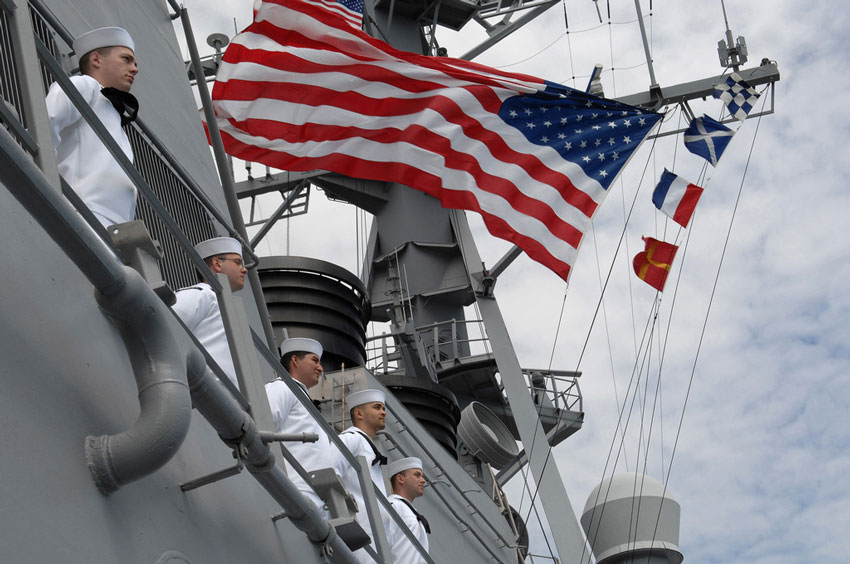
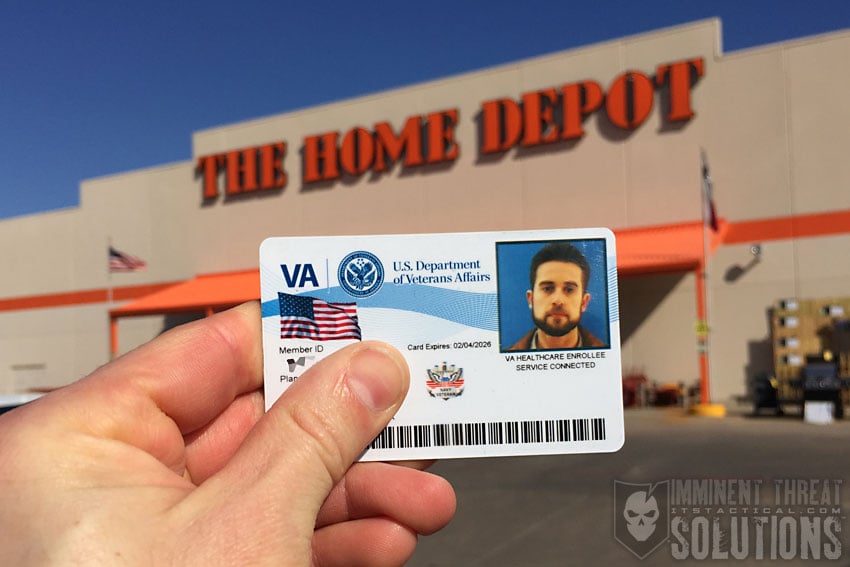
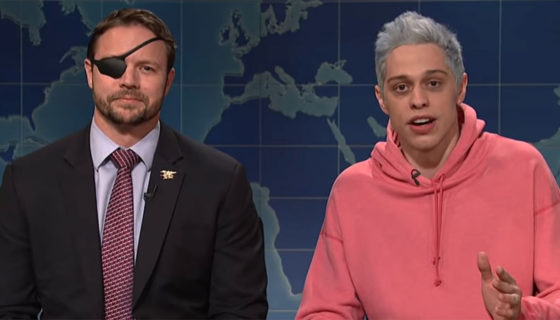
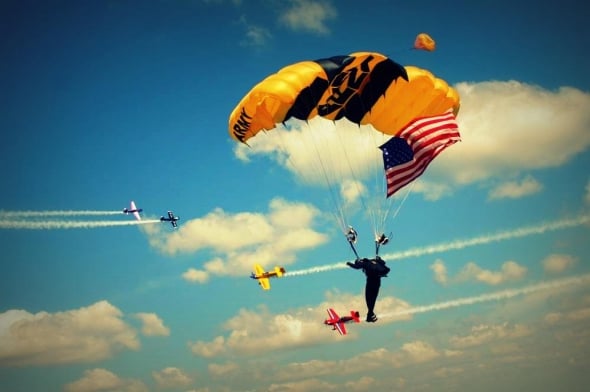

Discussion